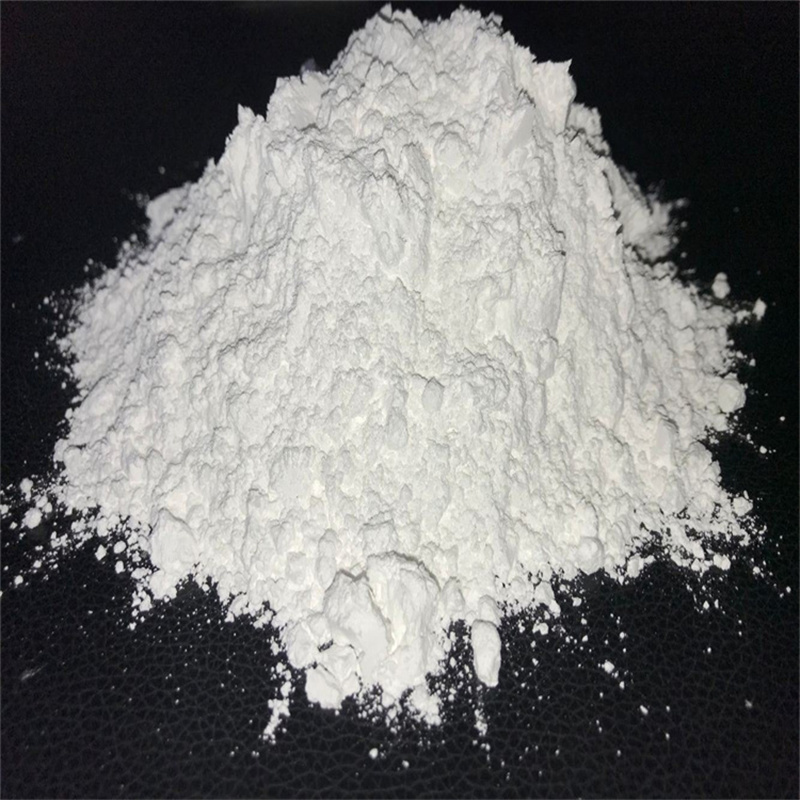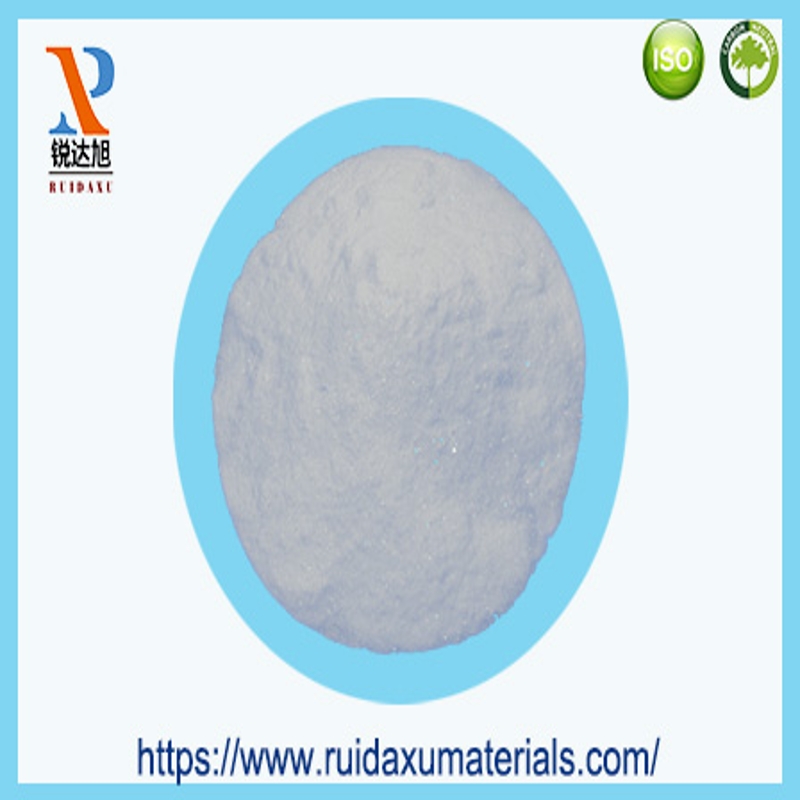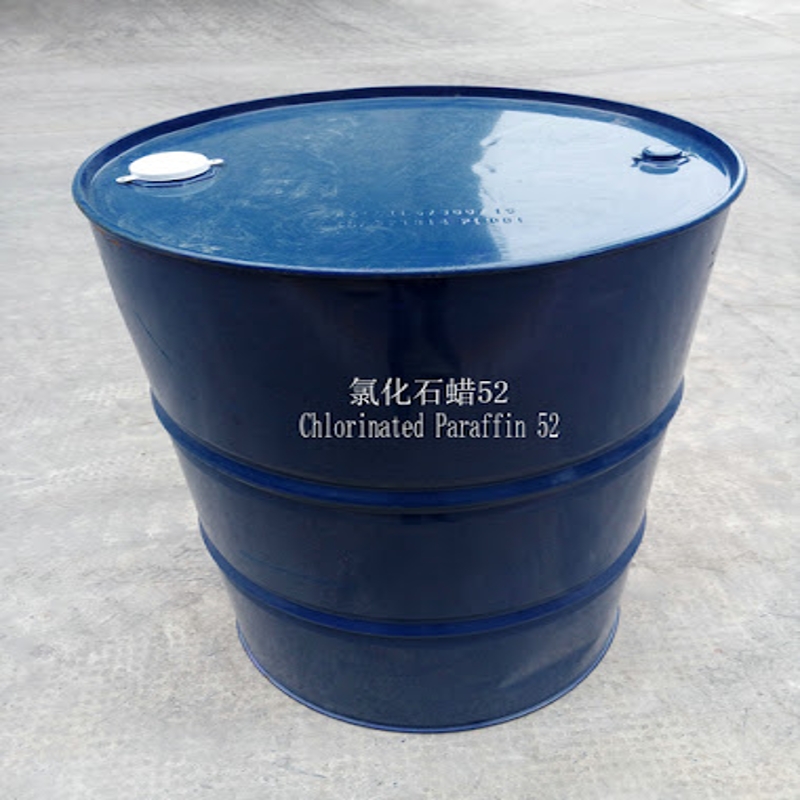-
Categories
-
Pharmaceutical Intermediates
-
Active Pharmaceutical Ingredients
-
Food Additives
- Industrial Coatings
- Agrochemicals
- Dyes and Pigments
- Surfactant
- Flavors and Fragrances
- Chemical Reagents
- Catalyst and Auxiliary
- Natural Products
- Inorganic Chemistry
-
Organic Chemistry
-
Biochemical Engineering
- Analytical Chemistry
-
Cosmetic Ingredient
- Water Treatment Chemical
-
Pharmaceutical Intermediates
Promotion
ECHEMI Mall
Wholesale
Weekly Price
Exhibition
News
-
Trade Service
4 Cold Pigment Applications
4. 1 Related standard
In 2008, China introduced the first standard JG/T 235-2008 "Building Reflection Insulation Coatings" on cold paint, which requires the reflectivity of sunlight: The solar reflection ratio (white) is 80, the standard only for white, it is well known that white pigments, especially titanium dioxide, in a certain way, are natural cold pigments.
2014, the JG/T 235-2008 standard was revised to include JG/T 235-2014 Building Reflection Insulation Coatings. Taking into account the practical application of other colors and the requirements of cold, the brightness L-value is divided into 3 intervals of 40, 40 to 80, and for different intervals, the corresponding full reflectivity and near-infrared reflectivity are put forward: when the L-value is 40, the full reflection ratio of sunlight is 30, and the near-infrared reflection ratio is 40; When the value of L is in the range of 40 to 80, the full reflection ratio of sunlight is 40, and the near-infrared reflection ratio is 40, and the ratio of near-infrared reflection is (L-value/100); The value of L is 80, the full reflection ratio of sunlight is 65, and the near-infrared reflection ratio is 80.
tests found that color coatings using cold pigments, the reflection curve can mostly pass the requirements of JG/T 235-2014, Figures 2 and 3 are the color cold pigments in the full reflectivity TSR and near-infrared reflectivity NISR band of the actual test results.. 4. 2 Application of white and black cold pigments
White and black 2 colors have typical reflection performance, white needs to be fully reflected in the visible light band, black needs to be fully absorbed in the visible light band, the following two typical cold pigments are described in practice.
4. 2. 1 White at high brightness and the amount added
Table 3 is white after the L-value exceeds 80 additions and phase conditions.From Table 3, it can be seen that when the brightness L-value exceeds 80, in accordance with the requirements of the JG/T 235-2014 standard, the near-infrared reflectivity is required to be 80, for white, if the use of ordinary titanium dioxide is generally not up to the requirements of near-infrared reflectivity, but after the use of special cold titanium white products, although the standard requirements, but the addition and phase have changed significantly (figure 4).As can be seen from Figure 4, when using cold titanium white as a white pigment, when the value of L is more than 80, in order to meet the requirements of the JG/T 235-2014 standard, in addition to the need to increase the amount of addition, the color b-value is significantly yellow. The purer the white (blue phase), the better, and if the most basic attributes of color are changed in order to meet the requirements of the standard, the standard requirements in the range of the brightness L-values may need to be further revised..







